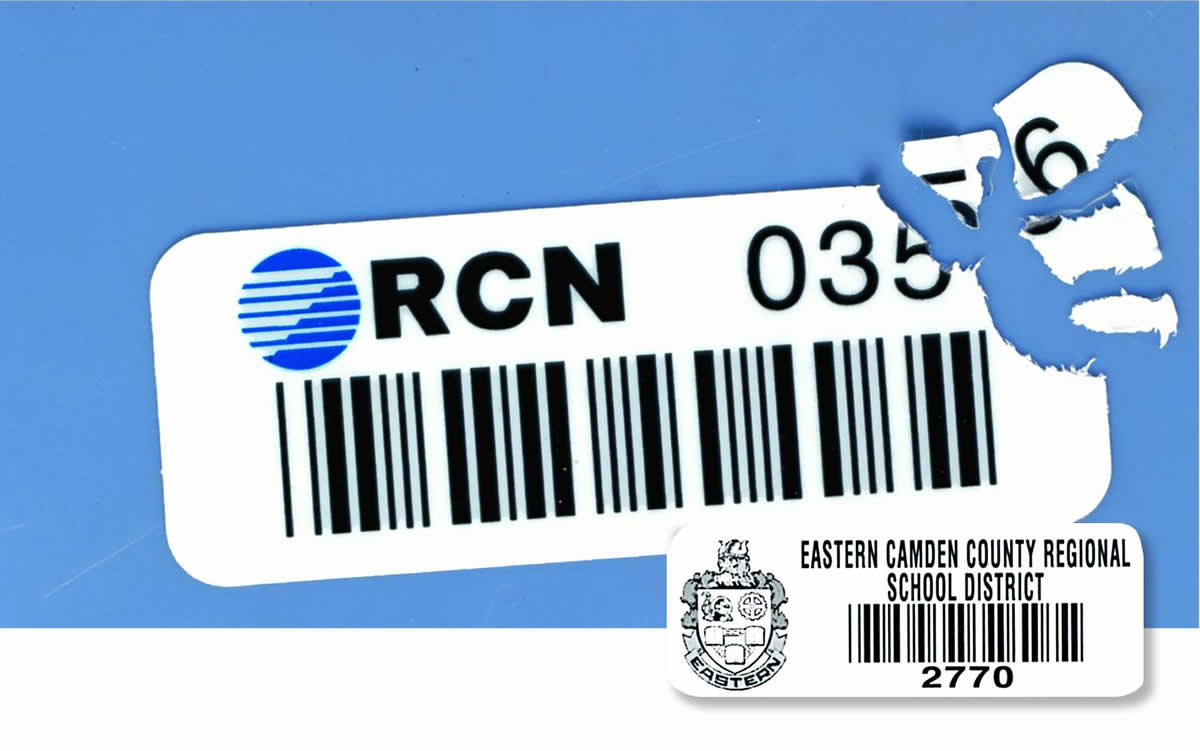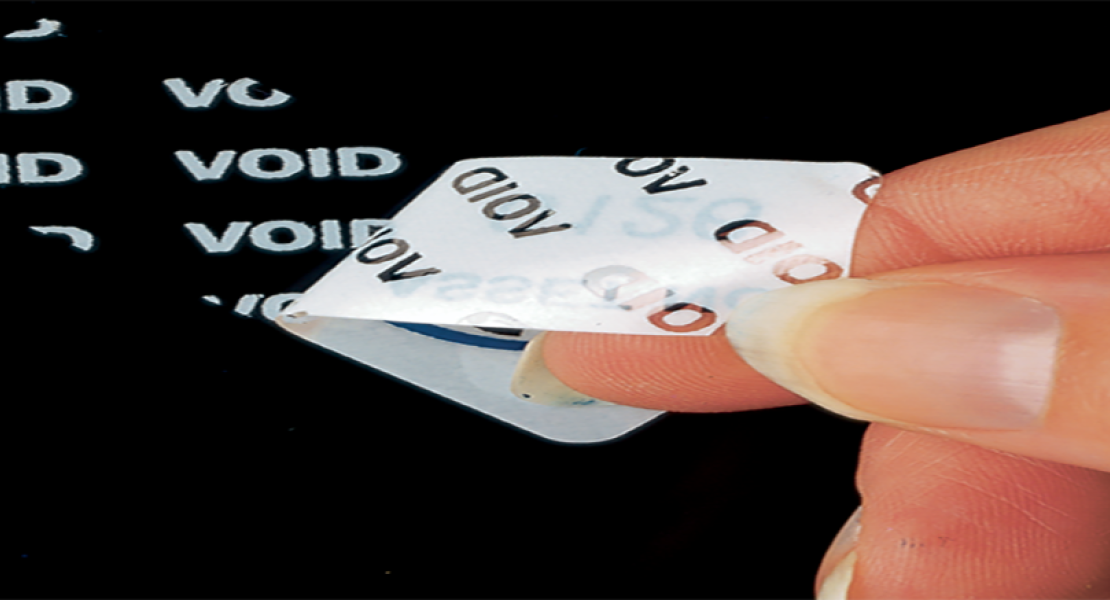In 1982, the Chicago Tylenol murders occurred randomly because, after distribution, Tylenol bottles had been laced with potassium cyanide. Seven people died. The heinous tampering dramatically affected the labeling and marketing of products in the United States. This played a big part in how tamper evident labels came to be.
Before the murders, Tylenol held 35 percent of the over-the-counter pain reliever market; after the murders, they held less than 8 percent.
After implementing tamper evident labels and packaging, like foil seals and other features, Johnson and Johnson, Tylenol’s parent company, regained customer confidence and the brand’s previous market. Unfortunately, the perpetrator was never found. http://www.pbs.org/newshour/updates/tylenol-murders-1982
Prior to 1982, Johnson and Johnson failed to take into account five concerns:
- Their consumers were at risk - using Tylenol could mean death
- Their product was at risk - Tylenol could be tainted
- Their brand was at risk - no one wanted any Tylenol product
- Their overall reputation was at risk - Johnson and Johnson was seen as civically irresponsible
- Their profits were at risk - Tylenol market share plummeted
Don’t you make the same mistake with your retail products or any of your other assets!
Tamper Evident Labels In Today's Marketplace
Luckily, today quality protection labels are readily available and they often can serve a dual purpose. Because of their unique physical properties, tamper evident labels imprinted with the barcode and/or serial number or using RFID technology allow you to inventory and track valuable information about your retail product.
Additionally, they deter theft and prevent unauthorized manipulation, which protects you, the manufacturer or purveyor from market loss and liability. Such tamper evident labels comfort your consumers as to the safety and reliability of your product. Finally, they also help to identify the location of your product, especially through barcode serialization, if a recall has to be made.
If tamper evident labels had been used in packaging back in 1982, seven people would have lived, law enforcement would have had more tools to find a psychopath, and a company would not have suffered a financial and public perception reversal.
Obviously, tamper evident labels are essential in the pharmaceutical industry. In fact, the US government requires pharmaceutical products to meet very stringent requirements in tamper evident packaging, including physical restraints such as shrink wraps in multiple layers and tamper notifications, such as “do not use if seal has been broken.”
But, far beyond the pharmaceutical industry, some sort of tamper notification is now used by sundry companies for the very reasons Johnson and Johnson overlooked more than 30 years ago. They use tamper notifications because
- they do not want to put consumers at risk
- they do not want their product was at risk
- they do not want their brand at risk
- they do not want their reputation at risk
- they do not want their profits at risk
In fact, the government may be compelling you to implement such notifications if you have not taken your own initiative. OSHA, FDA, CPSC are some acronyms with which you may be familiar? Most of their regulations deal with “foreseeable risk”: a risk that you identify before it could happen and for which your are to take measures to prevent.
Luckily, these risks can be met easily and inexpensively by attaching a tamper evident label to your retail product or other asset. Although the label does not prevent tampering, the tamper evident label immediately alerts the user if the asset has been changed.
Types of Tamper Evident Labels
One form of a tamper evident label is a tamper evident bar code or RFID label. This polyester label or tag, as it is sometimes called, is affixed to an asset (product, equipment, file) with an ultra-strong adhesive. Using readers to decipher the bar codes or RFID tags, companies are assured that their assets are intact and in place. If the label is missing, inquires can be made to discover the cause: theft, misplacement, or label (and, possibly, asset) tampering. This inventory feature is usually the primary function of the label.
However, as in the Tylenol case, alterations can be made to products in the supply chain and in the hands of the consumer. This is where the secondary function of the label becomes important in terms of company liability and consumer risk. Although difficult, people do remove or attempt to remove restrictive labels. With tamper evident labels, two results usually occur if the label is removed from the product or asset. Often, an adhesive residue will be left on the product/asset’s surface that reads “void” so removal is immediately detectable.
Also, the underside of the label will read “void”; therefore, if the label is intact, future reuse would be detectable. This feature is especially important when counterfeiting is suspected.
However, in other cases, if an attempt has been made to remove a label, a destructible security label will shatter making its absence suspect to those with a vested interest in the retail product or other asset.
To discover the power of our tamper evident barcode labels, contact us today at [email protected].


About the Author: Marianne Alvarado
Marianne Alvarado is our Vice President of Sales. Alvarado joined Metalcraft in March of 2000 as a Territory Specialist, became Sales Manager in January 2022 and was named Vice President of Sales during August of 2023. She leads both the Outside and Inside Sales teams. Marianne lives in Davenport with her husband, Dave Beeman.
Mobile Phone: 641-529-9492
Email: [email protected]
Office: 3360 9th St. SW, Mason City, IA 50401
Office Phone: 641-423-9460




